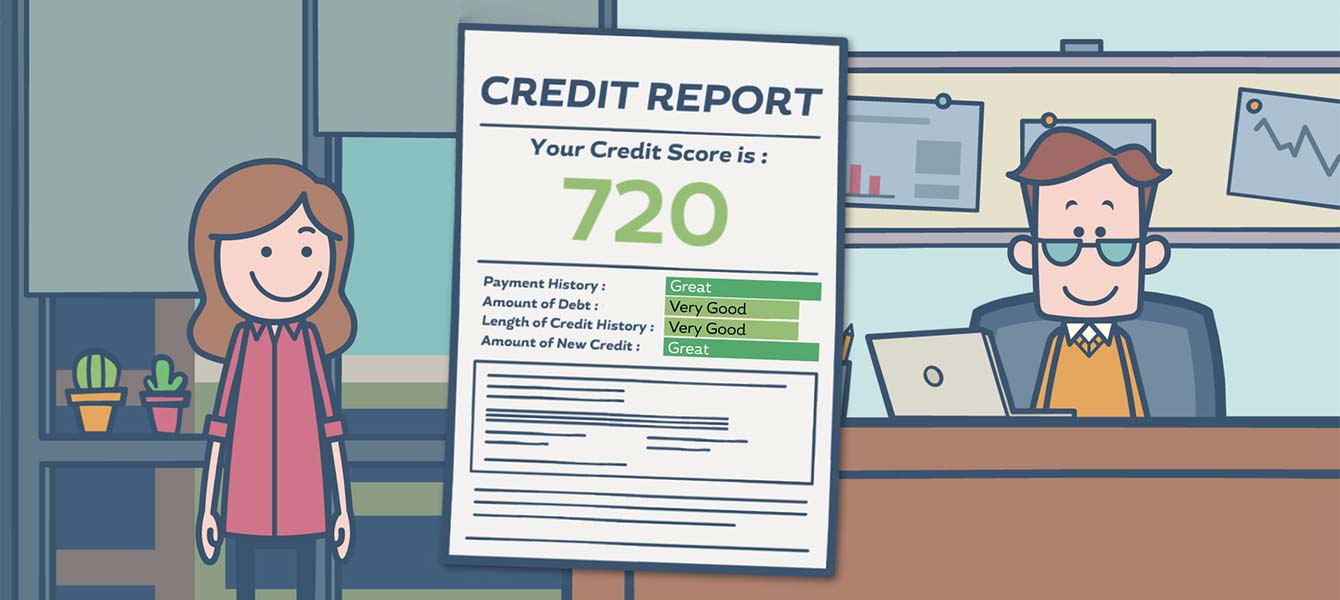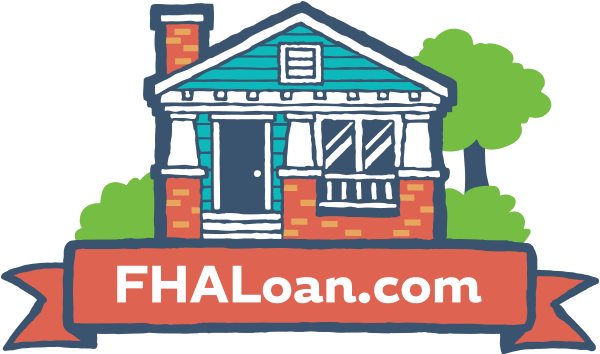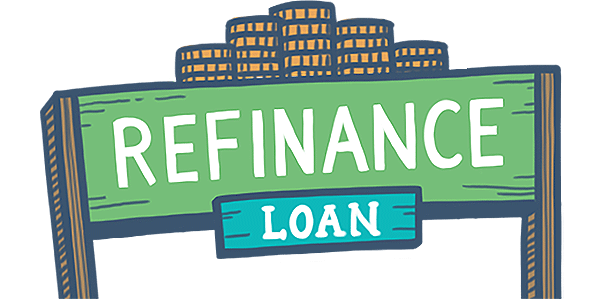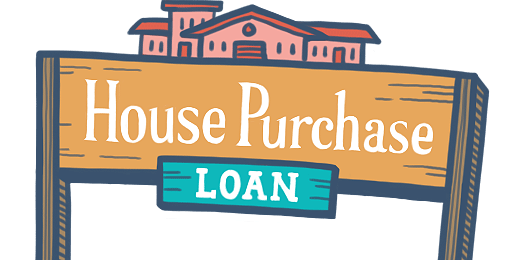Make Your Home Energy-Efficient with the FHA EEM
March 10, 2021
However, it is not always affordable for everyday Americans to implement such energy-saving technology in their homes. To pay for such upgrades, many homebuyers and owners look into opening new credit cards or even getting Home Equity Loans.
What many people do not realize is that there is another option available through the FHA, which is the Energy Efficient Mortgage (EEM). With this mortgage program, the borrower is credited for having energy-efficient updates in the home with the mortgage itself. The EEM allows borrowers to finance energy-saving measures in their home along with the purchase or refinance. By stretching the debt-to-income ratio and allowing potential borrowers to qualify for a bigger loan, the FHA lets them buy a more energy-efficient home.
The EEM is also cost-efficient, since less energy usage means smaller utility bills! The money that borrowers save on their bills can then be used toward paying off the larger loan.
How Does the EEM Work?
The FHA offers Energy Efficient Mortgages in which it insures a loan that is used to purchase/refinance a home as well as the cost of energy efficient improvements. This is called the "energy package.”
Before you can be approved for the additional funds for the upgrades, you will need to have a home energy assessment done. This will provide recommendations of energy-saving improvements, estimates of how much each upgrade will cost, and an estimate of how much money they will SAVE the borrower. According to HUD regulations, the person must be trained and certified as a (1) Building Performance Institute Building Analyst Professional, a (2) Building Performance Institute Home Energy Professional Energy Auditor, or (3) a Residential Energy Services Network Home Energy Rater.
The FHA’s lending limits do not upset the process of obtaining an EEM, but there is a way to determine how much can be financed. The maximum amount of the portion of the EEM for energy efficient improvements is the lesser of 5% of:
- the value of the property, or
- 115% of the median area price of a single-family dwelling, or
- 150% of the conforming Freddie Mac limit.
If you are interested in making energy-saving upgrades to your home, the FHA Energy Efficient Mortgage might be a great option for you. HUD has a list of approved lenders able to provide EEM programs, in addition to a fact sheet about FHA's EEM.
------------------------------
RELATED VIDEOS:
Show Them You're Serious By Depositing Earnest Money
Homebuyers Benefit From the Work Done by Freddie Mac
Your Second Mortgage Is a Home Equity Loan

FHA Loan Articles
September 19, 2023The FHA Handbook serves as a crucial resource for mortgage lenders, appraisers, underwriters, and other professionals involved in the origination and servicing of FHA-insured home loans. It outlines the policies and requirements for FHA-insured mortgages.
September 13, 2023FHA rehab loans are a specialized type of mortgage loan offered by the Federal Housing Administration that allows borrowers to finance both the purchase or refinance of a home and the cost of needed repairs.
September 8, 2023Borrowers considering an FHA loan should be familiar with some basic loan terminology. These loans are popular among first-time homebuyers and those with lower credit scores because they often offer more flexible eligibility requirements and lower down payment options.
September 2, 2023You may have heard the terms co-borrower and cosigner in connection with your FHA loan process, but aren't sure about the distinction. Both a co-borrower and a cosigner can help a primary borrower qualify for a mortgage, but they have different roles and responsibilities.
August 27, 2023The Federal Housing Administration has specific credit requirements and guidelines for borrowers looking to buy or refinance homes with an FHA loan. In addition to what FHA guidelines state, lenders may have more stringent requirements that may vary from one lender to another.







